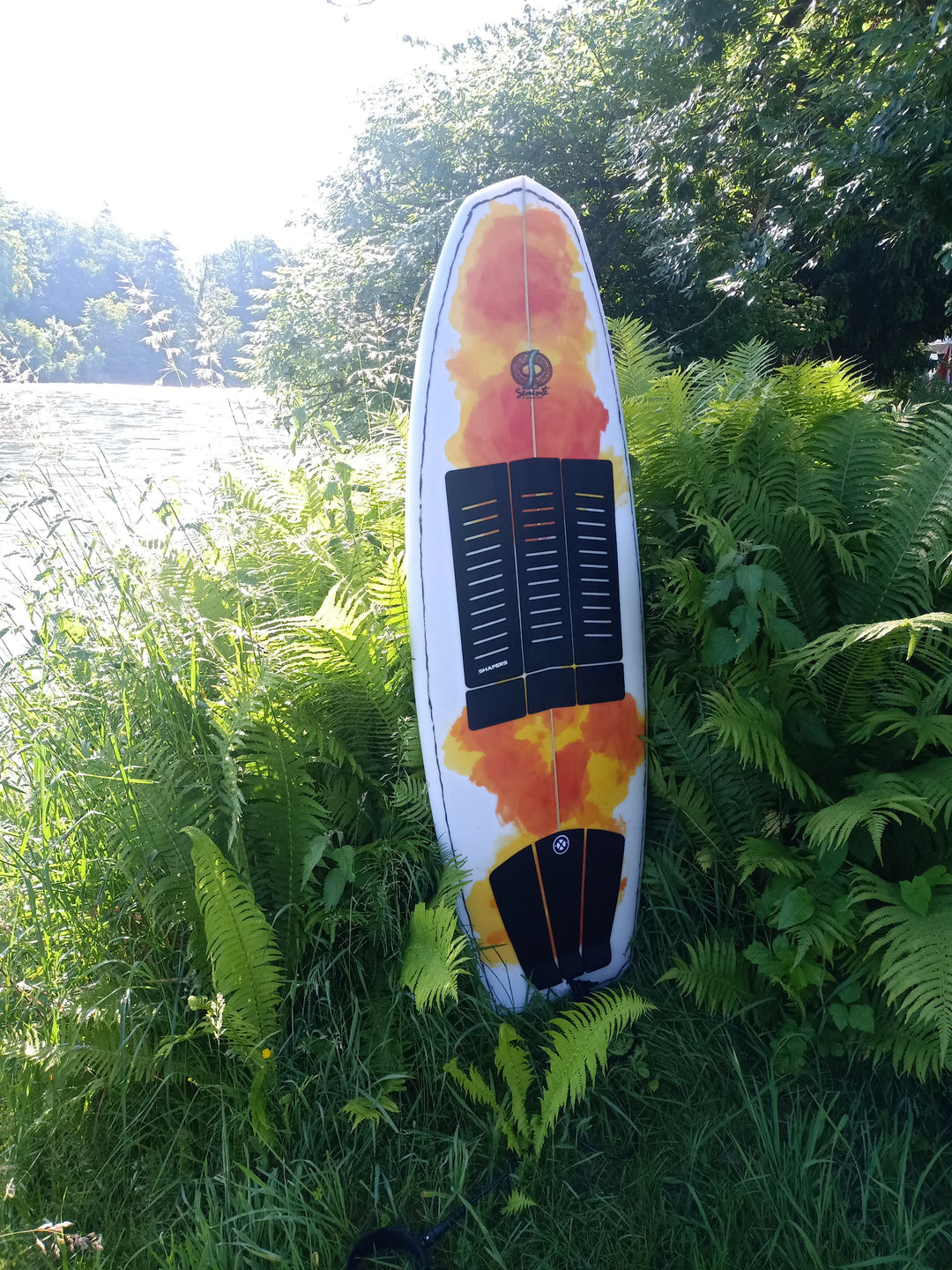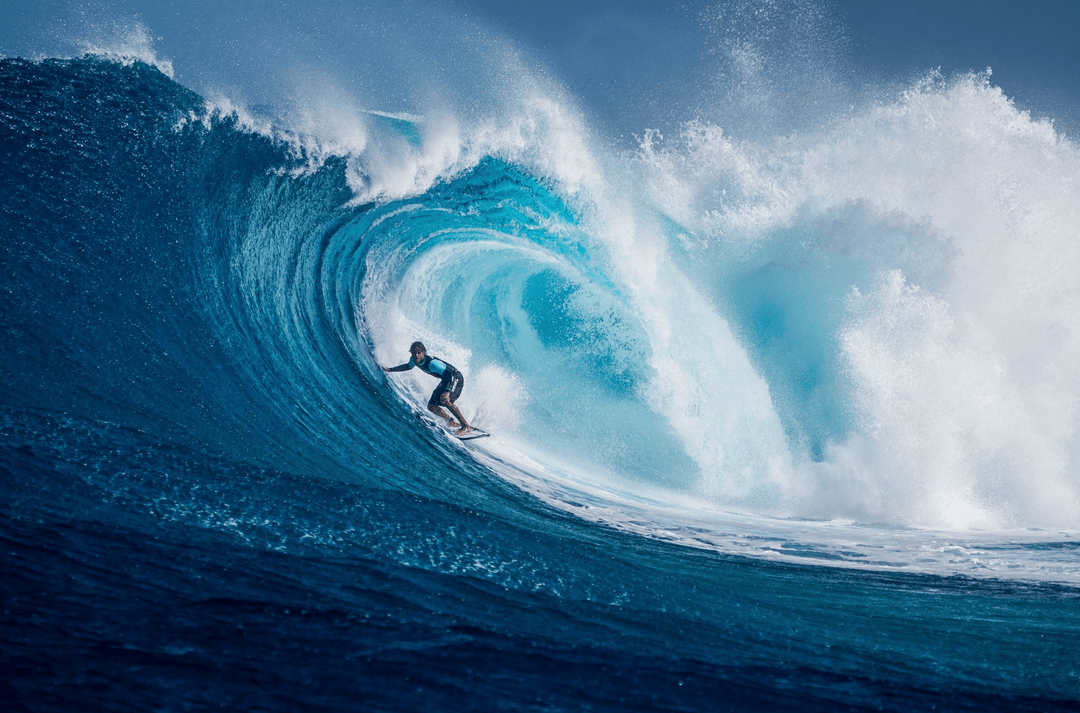What factors affect the warmth of a wetsuit?
1. Thickness
The thickness of the wetsuit is the most important factor in determining its warmth and buoyancy. In general, thicker wetsuits are warmer and provide more buoyancy.
Thickness affects the warmth of a wetsuit because the thicker the wetsuit material, the more insulation it provides. The insulation helps trap body heat and keeps the wearer warm in cold water. Thicker wetsuits also offer a tighter fit, which helps reduce the amount of water that can penetrate the suit and chill the wearer.
2. Type of Neoprene
Neoprene is the material used to make wetsuits. Neoprene comes in different thicknesses and densities, which affect its warmth and buoyancy.
The material used in a wetsuit can have a significant impact on its warmth. Neoprene, a synthetic rubber material, is the most commonly used material for wetsuits and is the best at trapping heat and providing insulation.
3. Fit
A wetsuit should fit snugly against the body, without bulges or wrinkles. It should be tight enough to keep water out, but should not restrict movement. It should be comfortable and at the same time allow freedom of movement. To test the fit, we recommend trying on the suit. Ideally, the suit is so snug that you can hardly grip the material from the outside. If breathing is difficult or blood circulation is restricted, the suit is too small.
4. Seams
Seams on a wetsuit are important for durability and flexibility. Flat seams are the most flexible and offer more comfort, while blind stitch seams provide a better seal against water.
The advantage of the flatlock seam is that it is a very strong and durable way to join the neoprene panels. Because the thread goes completely through the material, a little water always comes in.
A glue and blind seam is a seam used to join two pieces of neoprene together without the thread passing through the material. Glued areas hold less than flatlock seams, but they are denser
5. Style
Wetsuits come in a variety of styles and cuts, including full body suits, shorty suits, and sleeveless jackets. Of course it makes no sense to buy a 5mm shorty and go into 8 degree water with it. The area of the body covered usually correlates with the thickness of the suit






